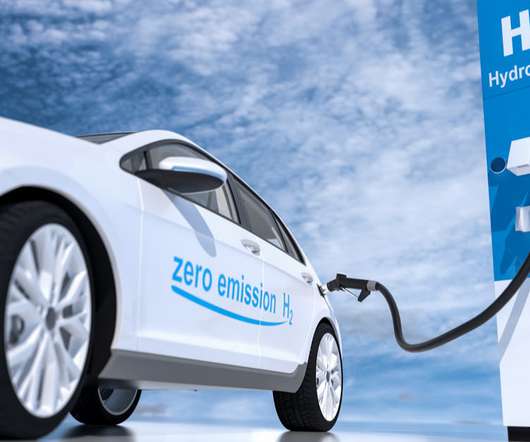XL1 dive and drive: Volkswagen aggressively optimizes for efficiency in its sleek diesel plug-in hybrid
Green Car Congress
JUNE 24, 2013
The XL1 is aggressively optimized for efficiency in all areas of its design and technology—from materials (carbon fiber reinforced polymer monocoque); to powertrain (0.8L Power and torque curves for the XL1. SGL is partnering with BMW in a joint venture to produce carbon fiber for automotive applications; BMW owns 15.6%










Let's personalize your content